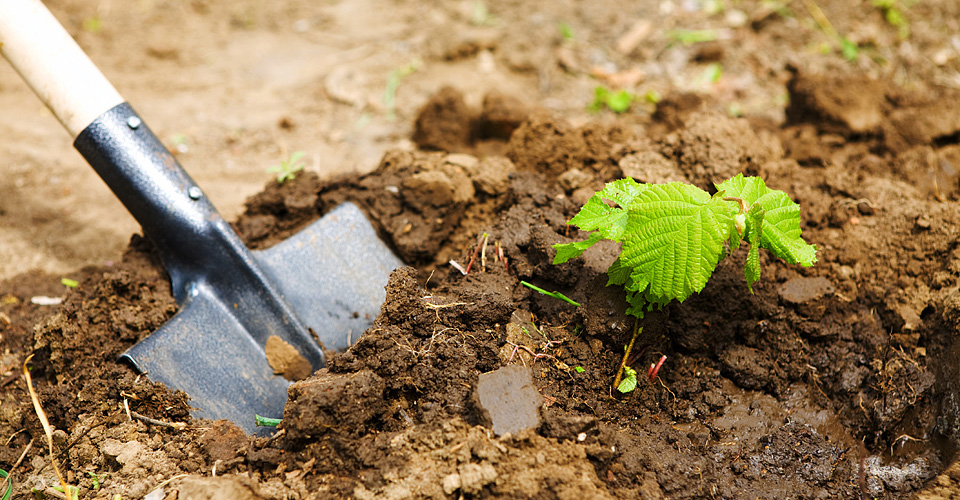Soil Probes in Your Landscape
Monitoring and maintaining the depth of wetting and uniformity of your water application can greatly improve your efforts in both water conservation and water management. The use of a soil probe in your landscape can greatly aid in this effort. Soil probes are often used to check for compaction issues as well as under and/or over- watering concerns. One advantage of soil probes is that they allow the user to quickly inspect the condition below the soil’s surface with very minimal disturbance.
Typically, if there is enough moisture in the soil, the probe should enter the soil profile fairly easily. However, resistance increases noticeably when the soil probe encounters dry or compacted soil. The goal is to try and push the probe down far enough so you can determine the moisture level of your landscaped area. When you remove the probe, you should be able to see a difference in the color of the soil due to the moisture level in your probe’s core that was just removed.
Be sure to grasp the probe at ground level when removing so you can determine the actual depth of the moisture level, noting just how much of the probe was below the surface. This will tell you roughly the depth of water movement. It is recommended you do this procedure in several areas in your landscape, especially areas of concern.
When irrigation is applied frequently and for short periods of time, it is very common for soil to be wet to a depth of only a couple inches. Over time this could limit a plant’s rooting depth to a shallow, surface layer. More than likely, additional water will be needed to wet the soil to a greater depth to encourage deeper rooting. Less frequent but longer irrigation should help. For lawns, 6 to 12 inches of moist soil is usually sufficient. Planter beds and established trees often root deeper than turf and can tolerate less frequent irrigations. Soil types obviously factor into this equation as well.
Most professional landscape contractors have a good soil probe as part of their arsenal when reviewing their jobsites. Take advantage of the benefits and valuable information these probes can provide you.

